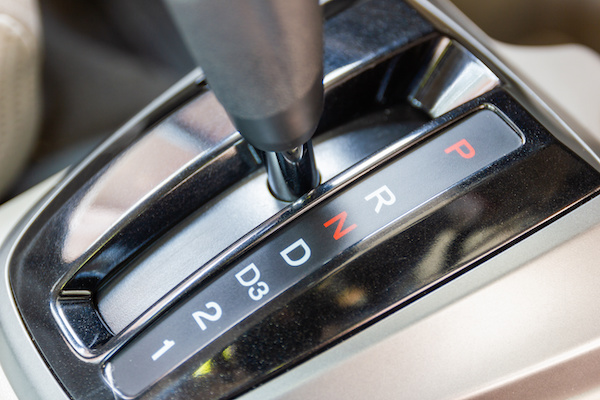
The neutral gear is most likely the least used gear for drivers, yet it serves such an essential function. It is especially true for manual transmission vehicles as the vehicle must always be in neutral first. However, most automatic transmission drivers rarely depend on being in a neutral position. While in neutral, the gas pedal does not accelerate the vehicle, and no power from the pedal is transmitted to the wheels. Since this position is rarely engaged, when should you shift your car into neutral?
Did you know that neutral isn't necessarily considered a gear? It is just a state where no gear is engaged at all, hence the name - neutral. Here are the four situations where you should switch your vehicle into "N".
During a Drive-Thru Car Wash
If you are a frequent car wash goer, you know that most drive-through car washes have an automatic system that requires you to be placed in neutral gear. Putting your car in that position allows your vehicle to move through the cleaning cycles consistently and prevent accidents during the process.
During a Tow, Without a Dolly
Placing a vehicle in a neutral state during a tow isn't usually recommended unless the tow truck is missing a dolly. The feature is helpful without a dolly as it keeps the engine on and prevents the transmission from succumbing to damage.
If Your Vehicle is Stuck
In the instance that your vehicle stalls or is stuck, you might need to give your vehicle a push to move it. Before pushing the car, you should always place it in neutral. If you find yourself in this situation, make sure there are at least two people involved. One person can drive the car while others can push.
During Brake Failure
If your brakes fail to work mid-drive, most people assume it is best to turn off your car. However, you should avoid doing so because it will lock up and stop all control of the steering wheel. Placing the vehicle in neutral during a brake malfunction is the safest approach as it will allow you to steer your vehicle off the road and in a safer place.
In conclusion, the neutral function is not often used, but it is excellent to know when you need to use it. It is only often used during emergencies and mechanical failures. If you are experiencing any issues with your vehicle, give us a visit at X-tra Mile Auto Care today!